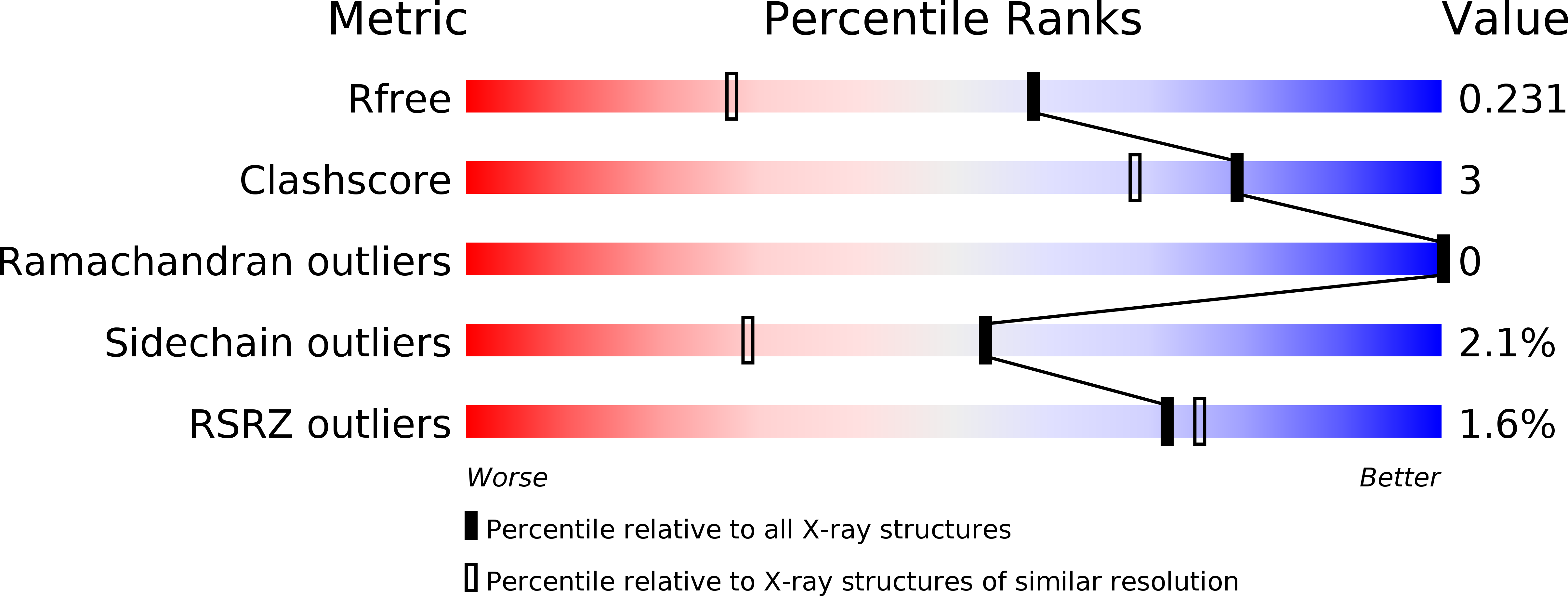
Deposition Date
2007-11-28
Release Date
2008-10-21
Last Version Date
2024-10-09
Entry Detail
PDB ID:
3BH8
Keywords:
Title:
Crystal Structure of RQA_M Phosphopeptide Bound to HUMAN Class I MHC HLA-A2
Biological Source:
Source Organism:
Homo sapiens (Taxon ID: 9606)
Host Organism:
Method Details:
Experimental Method:
Resolution:
1.65 Å
R-Value Free:
0.23
R-Value Work:
0.20
R-Value Observed:
0.20
Space Group:
C 1 2 1


